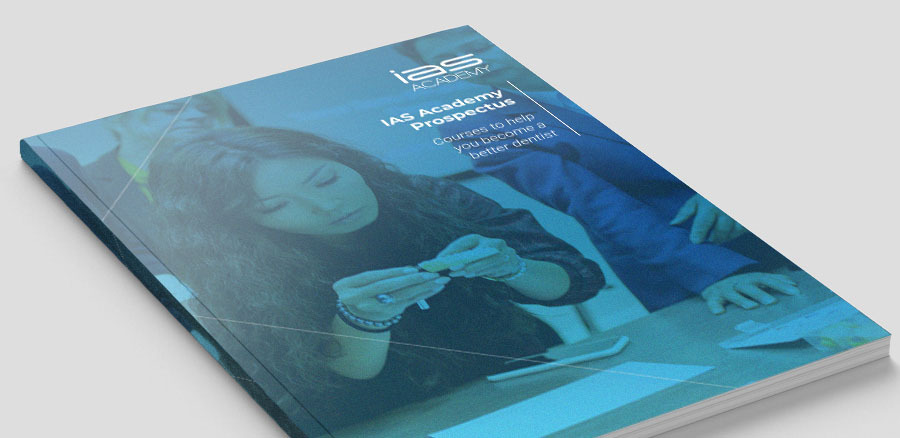Aesthetic, Functional and Psychological Benefits of GDP Ortho
Treatment carried out by Gill Traynor
Gill qualified from Guy’s Hospital in 1982 with Honours. After spending six months in oral surgery, she went on into general practice. She regularly attends postgraduate courses and conferences to ensure that she keeps up to date with the latest dental developments. Gill has a special interest in the treatment of periodontal disease and has been a certified ClearSmile Inman Aligner practitioner since 2010.
A 33-year-old new patient attended the practice wanting to improve her smile; she particularly disliked her “pointed teeth”. Her medical history was clear with no known allergy to nickel. Although there was mild crowding of the upper and lower arches, her only concern was the upper arch.
An orthodontic assessment was carried out, and photographs and impressions were taken for study models. The patient had good dental and periodontal health. Both upper lateral incisors were rotated distally and positioned behind the canines, there was some tooth size discrepancy between the upper central and lateral incisors, and the upper left lateral incisal edge was worn at an angle.
| Measurement | Result |
|---|---|
| Skeletal | Class II |
| FMPA | Reduced |
| Lower Face Height | Average |
| Facial Asymmetry | None |
| Soft Tissues | Competent lips |
| Overjet | 4mm |
| Overbite | 70% |
| Crossbite | None |
| Displacement on Closure | None |
| Incisor Relationship | Class II division II |
| Molar Relationship | Class II ¾ both sides |
| Canine Relationship | Class II ½ both sides |
| Teeth Present | 87654321 | 12345678 | 87654321 | 12345678 |
| Centrelines | Coincident |
Even with orthodontic correction, some restorative work would be required to address the significant taper of the canines and premolars, and to restore the worn incisal edge for improved aesthetics. The different orthodontic options that I provide as a GDP were discussed with the patient, covering their advantages and disadvantages, and the option of referral to a specialist for fixed treatment. It was explained that she would need to attend on a regular basis for interproximal reduction (IPR) and adjustments. She was also warned about needing to wear the appliances for a certain number of hours each day and that life-long retention would be required post treatment to prevent future relapse.
Treatment planning
Using photographs of the study models on the Spacewize+™ crowding calculator, the new arch curve was estimated. I was able to plan which teeth required correction and their new positions; the result predicted the approximate amount of crowding and suitability for treatment. The Spacewize+™ tool also served as a prescription to the IAS Academy lab, regarding landmark teeth and the final position of the teeth to be moved.
The assessment, photographs, Spacewize+™ result and treatment plan were submitted to the online IAS Academy support forum for feedback. Although I have been a certified provider of the ClearSmile Inman Aligner since 2010, I feel it is beneficial as a GDP to submit all my potential cases to the experienced mentors. If I need support during treatment, I can post photographs of the case and ask for advice. In addition, by regularly following other GDP cases on the forum, I continue to develop my knowledge regarding the use of the ClearSmile Inman Aligner and ClearSmile Aligners.
The patient was sent a written report of her visit, explaining the different treatment options as well as the consequences of no treatment, restorative treatment alone, orthodontic treatment alone and combined orthodontic and restorative treatment. She was also given further information on the different types of orthodontic procedures, retention, a treatment plan and a consent form.
Problem list:
- Skeletal II base and class II div II incisor relationship.
- Molar and canine relationship
- Increased Overbite
- Rotated LL3
- Rotated UL3
- Pointed canines and premolars
- Tooth size discrepancy between laterals and incisors
- Patient not interested in correcting lower arch, or canine and molar relationships
Ideal treatment aims:
- Upper and lower fixed to correct the above
- Bleaching
- Bonding to improve the aesthetics of the canines, premolars and incisors
- Upper and lower FBR and CR -life time retention
Compromised treatment aims:
- Correct the upper 21/12 only
- Bond
- Lifetime retention
Treatment
The patient, who was now expecting her second child, decided to proceed with treatment using the ClearSmile Inman Aligner. Silicone impressions were taken and sent to the IAS lab with the Spacewize+™ prescription. After scanning the models, the lab returned the Archwize™ 3D set-up of the proposed alignment for approval by the clinician and forum mentors. This also provides an opportunity for the patient to see the predicted end result and consent to proceed with the construction of the aligner. In cases where there is a limited outcome, the acrylic end model can be printed so the patient can compare it with the pre treatment model. This is an invaluable tool in helping patients understand the limitations of their treatment, giving them the opportunity to decline and opt for specialist referral or provide informed consent to proceed.
After approval of the Archwize™ set-up, a combined ClearSmile Inman Aligner was constructed which would help unlock the overlap of the lateral incisors by the canines and reduce the amount of IPR needed.
At the next appointment, the combined ClearSmile Inman Aligner was fitted, 0.7mm of IPR was carried out following the guide from the laboratory and composite anchors were placed on the disto-palatal surfaces of the upper lateral incisors. No IPR was performed on the lateral incisors due to the tooth size discrepancy with the centrals. The IPR was less than the original Spacewize+™ estimate, as at this point the upper left canine was not being aligned. The patient demonstrated that she could insert and remove the appliance and was instructed to turn the expansion screw on set dates. She was given written and verbal instructions regarding the care and wear of the appliance. At review appointments, the printed Archwize™ model served as a reference to monitor progress.
The patient was seen mainly at fortnightly intervals to monitor progress, adjust the composite anchors and perform further IPR if needed. Since only a small amount of IPR was required, we had to wait for the expansion to provide space for the laterals to align. After alignment, the expansion screw had to be wound back to reverse the expansion; some clear aligners were also required to assist in closing some spacing.
Ideally, bleaching would have been carried out simultaneously during the final stages of alignment, but as the patient was pregnant this was not undertaken. Bonding was performed using Venus Diamond A1 on the UR4, UR3, LR3, UL3, UL4 and LL3 to reduce the tapering. The worn upper left lateral incisal edge was also restored and photographs were taken.
A silicone impression was sent to the lab for construction of a fixed bonded retainer on a jig and the patient’s present aligner was adapted so that she could continue to wear this in the meantime. The fixed retainer was bonded on high due to the occlusion and we are waiting for the posterior occlusion to re-establish. Both the patient and I are very pleased with the end result.
The patient will be reviewed at three months and if the occlusion has re-established, she will be provided with upper and lower clear retainers. The lower retainer will help prevent further deterioration of the lower incisors and the upper will act as a safeguard against movement should a debond occur. As GDPs, we are in a unique position to be able to review the retainers regularly and can take appropriate action to prevent relapse, if required.
As a GDP, it is more interesting and rewarding to be able to offer patients a range of treatments in addition to routine dental care. It is very satisfying to able to achieve this result, which has benefited the patient aesthetically, functionally and psychologically, using minimally invasive dentistry. By intercepting early, further crowding, on going tooth wear and potential periodontal issues have been avoided.
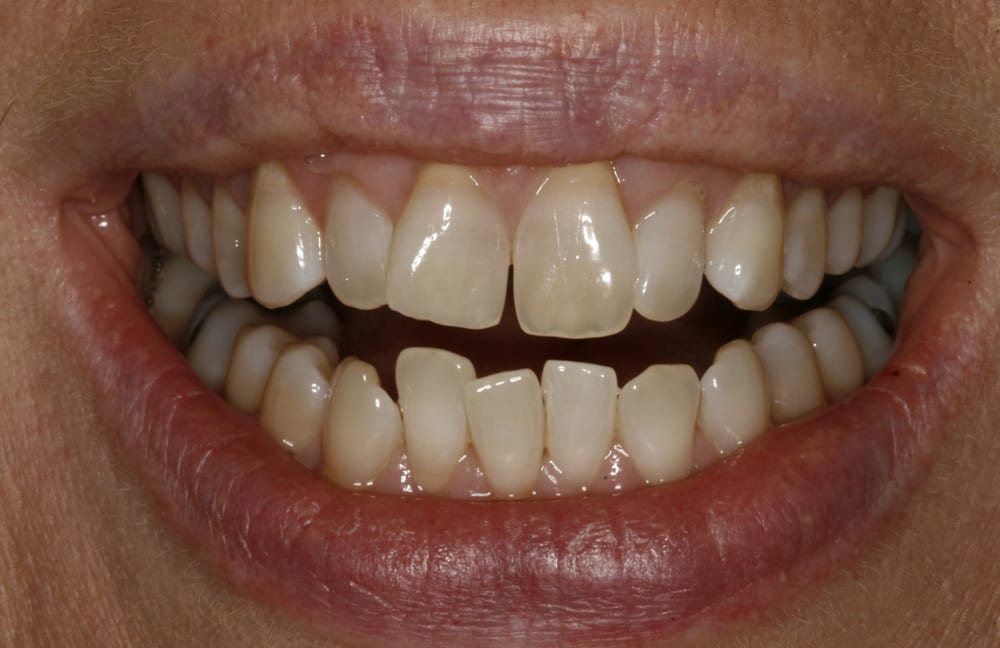 Pre treatment smile
Pre treatment smile 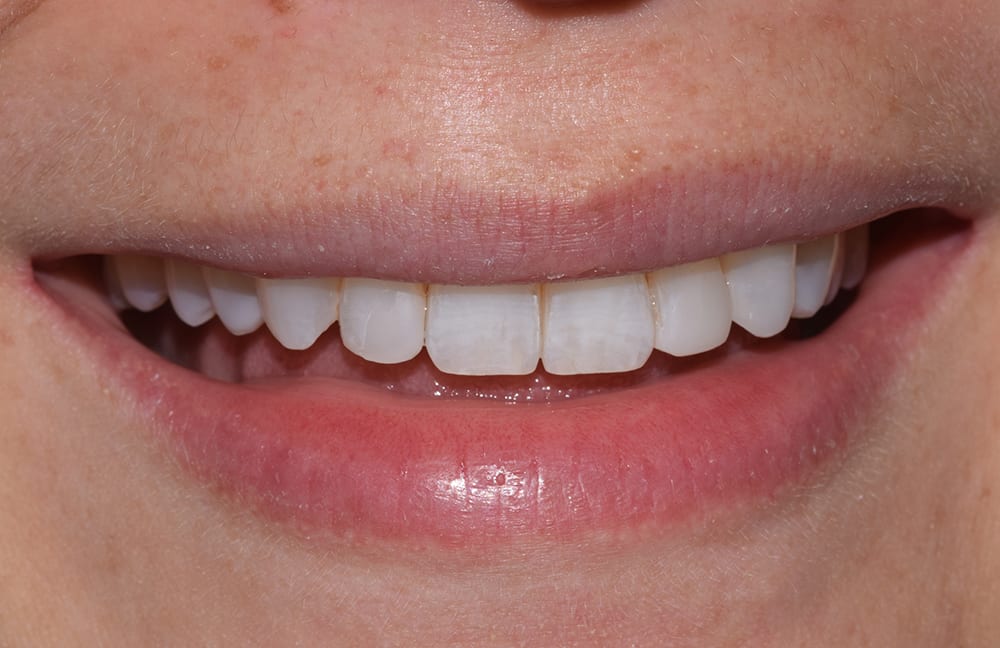 Post treatment smile
Post treatment smile 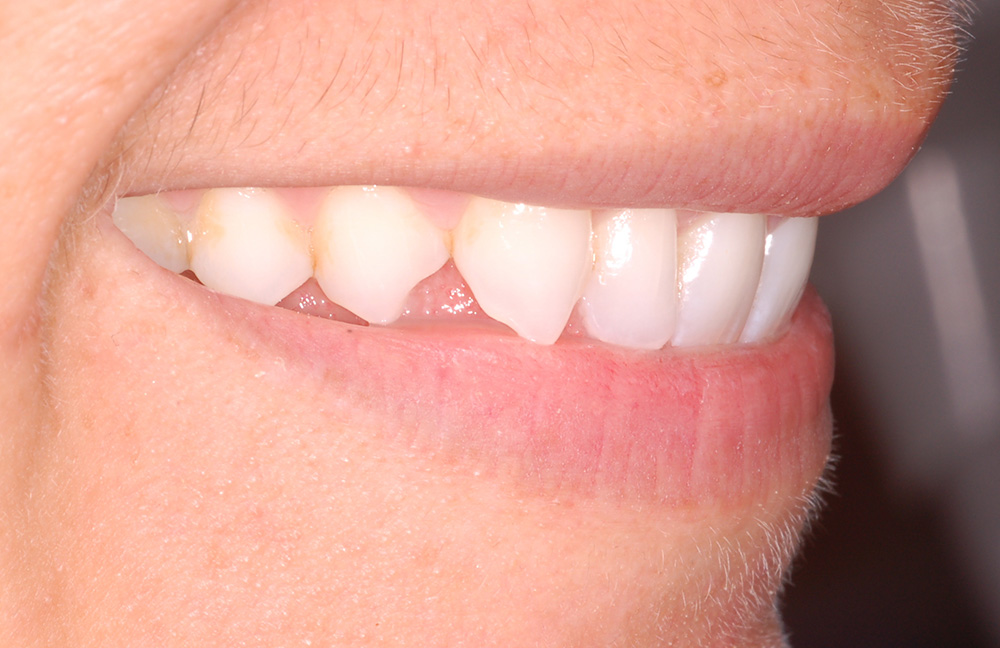 Pre treatment right lateral
Pre treatment right lateral 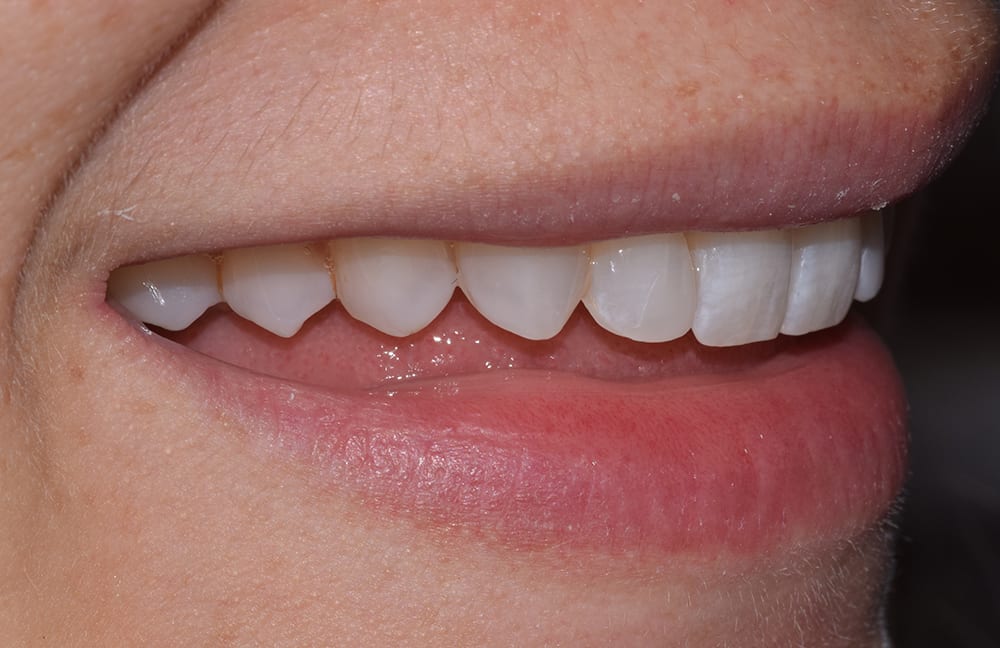 Post treatment right
Post treatment right 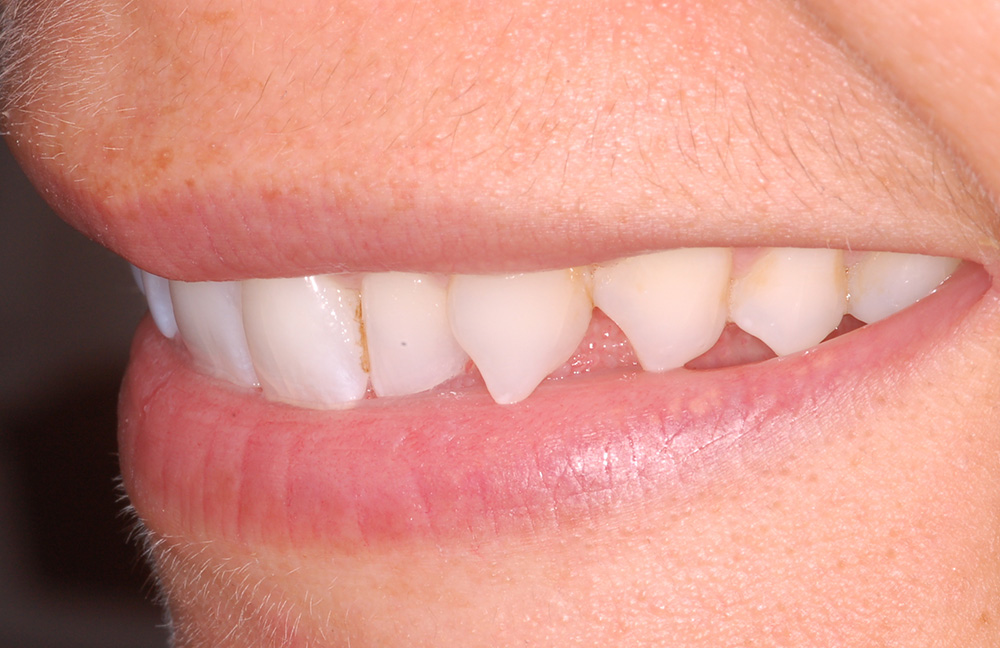 Pre treatment left lateral
Pre treatment left lateral 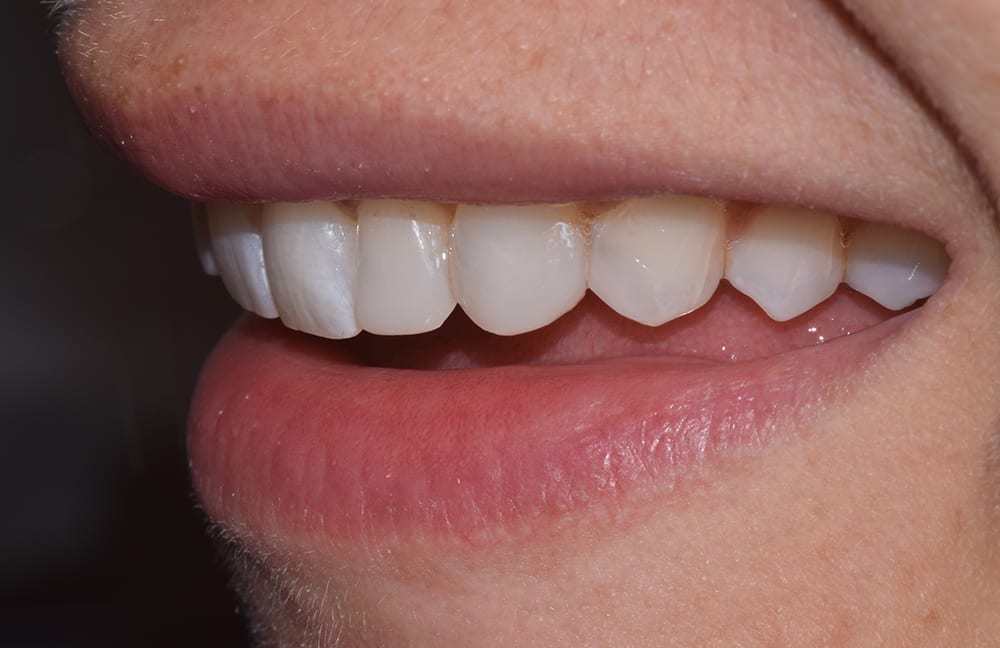 Post treatment left
Post treatment left 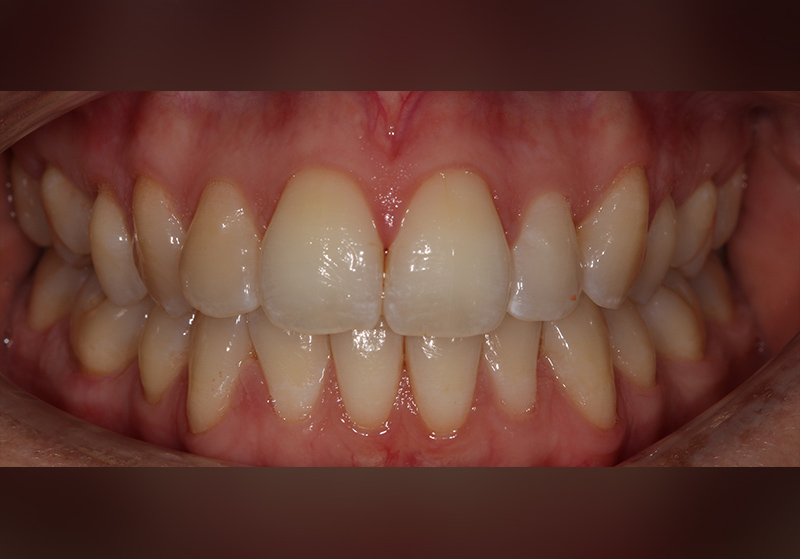 Pre treatment retracted
Pre treatment retracted 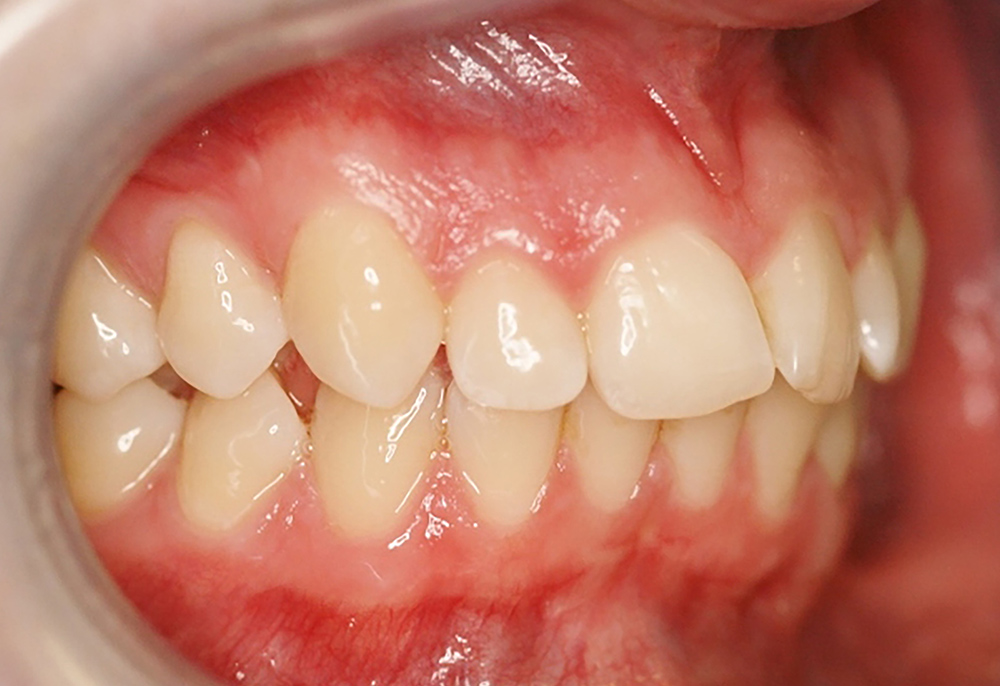 Pre treatment right lateral
Pre treatment right lateral 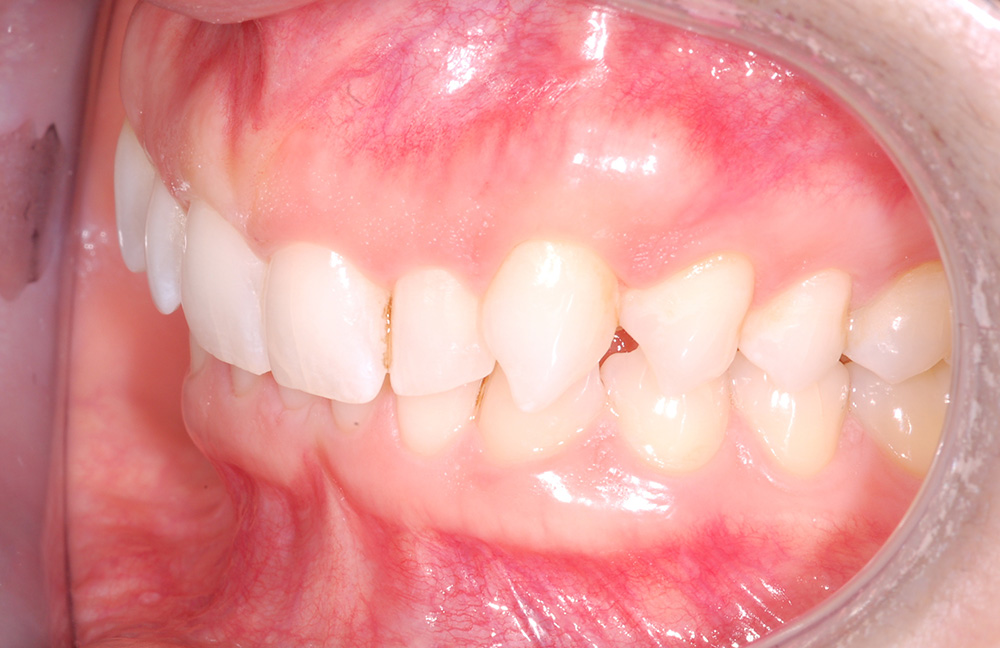 Pre treatment left lateral
Pre treatment left lateral 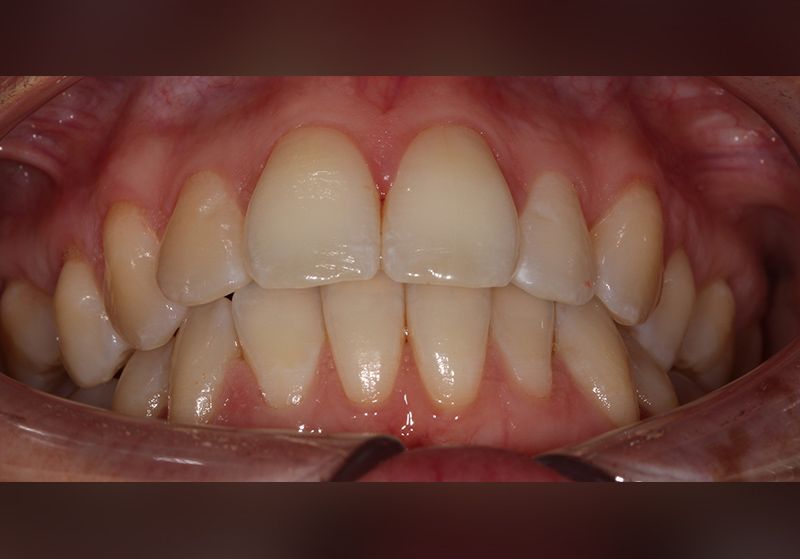 Pre treatment chin up view
Pre treatment chin up view 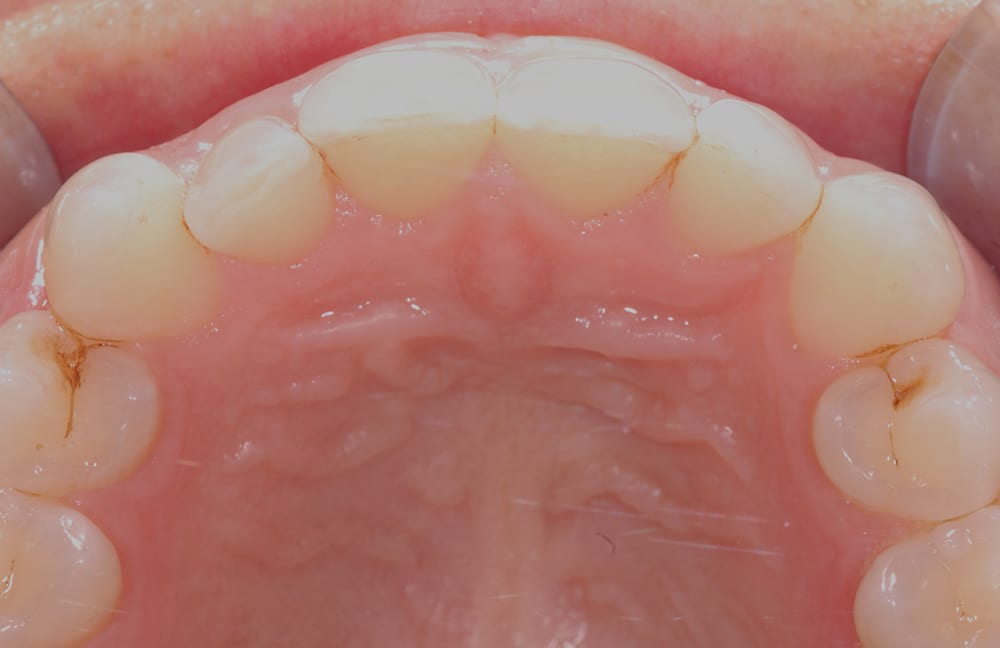 Pre treatment upper occlusal
Pre treatment upper occlusal 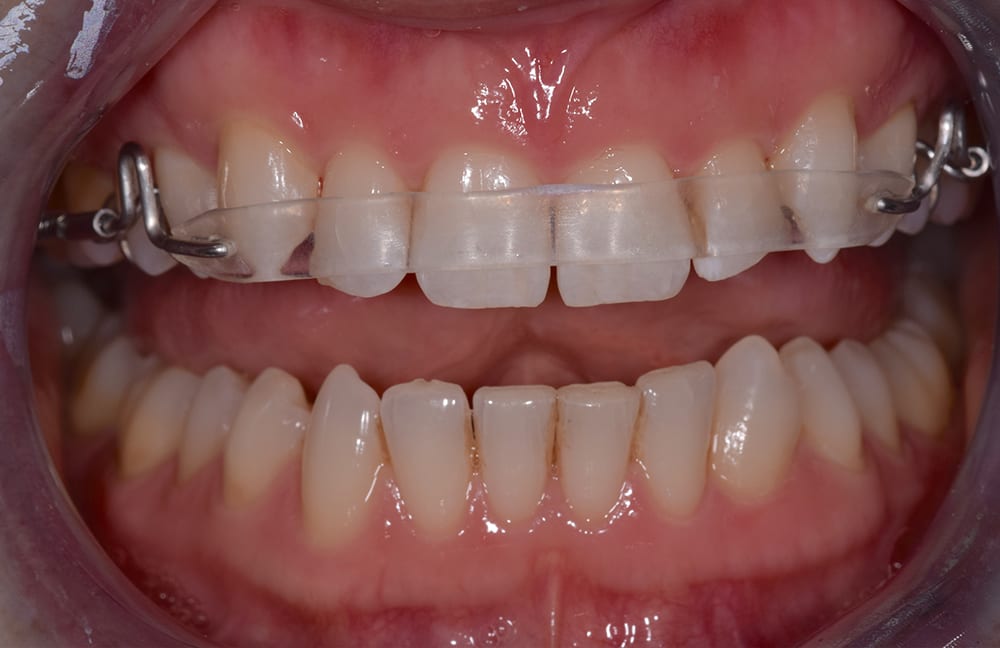 During treatment with the combined ClearSmile Inman Aligner
During treatment with the combined ClearSmile Inman Aligner 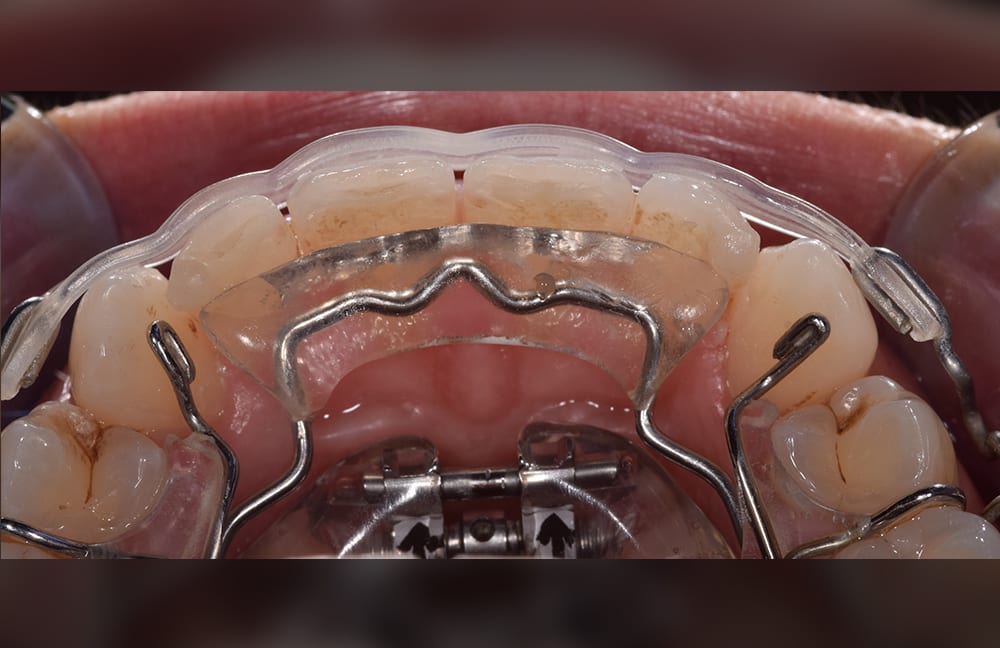 During treatment with the combined ClearSmile Inman Aligner
During treatment with the combined ClearSmile Inman Aligner 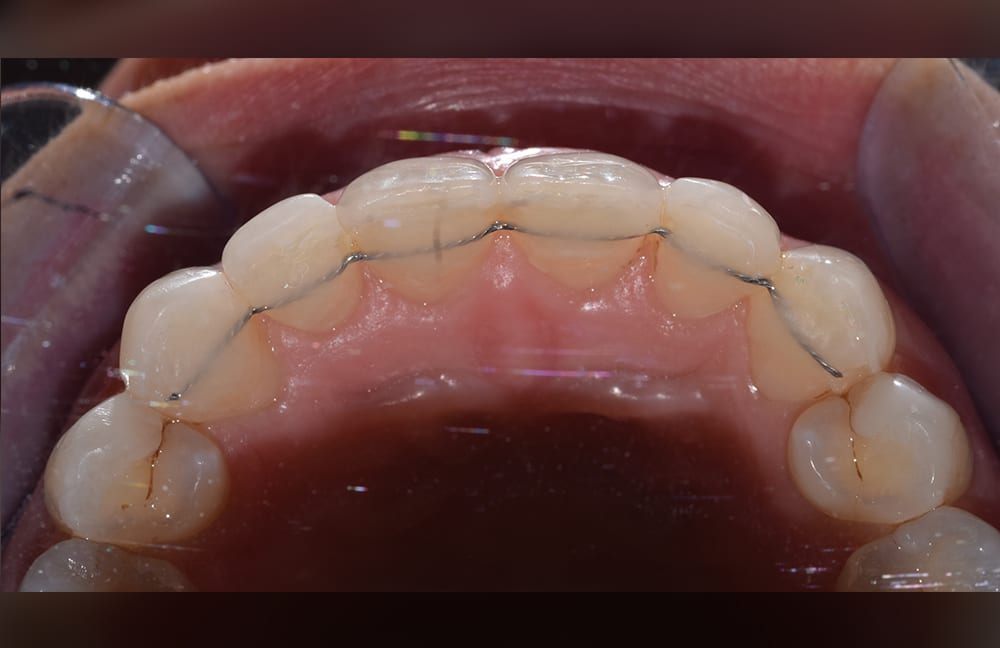 Post treatment with fixed bonded retainer
Post treatment with fixed bonded retainer 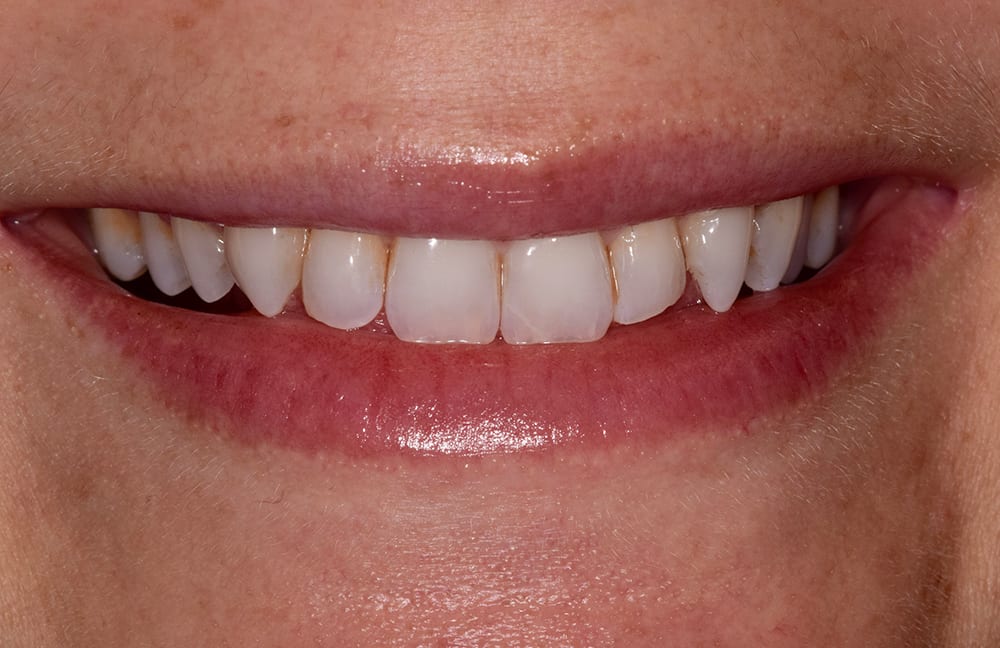 Post alignemnt, pre bonding
Post alignemnt, pre bonding 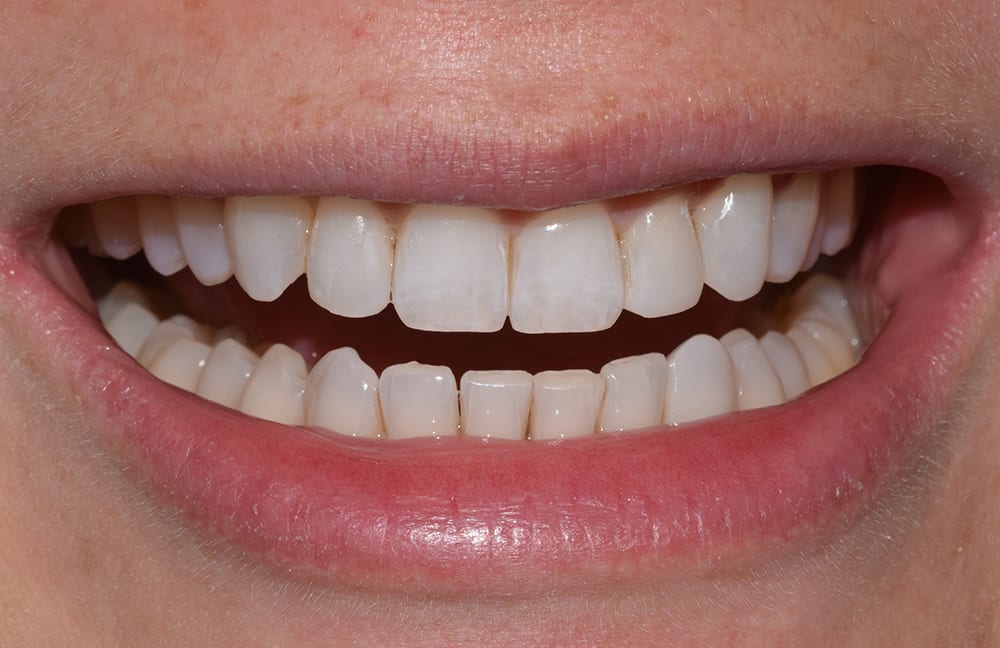 Post alignment and bonding
Post alignment and bonding 
